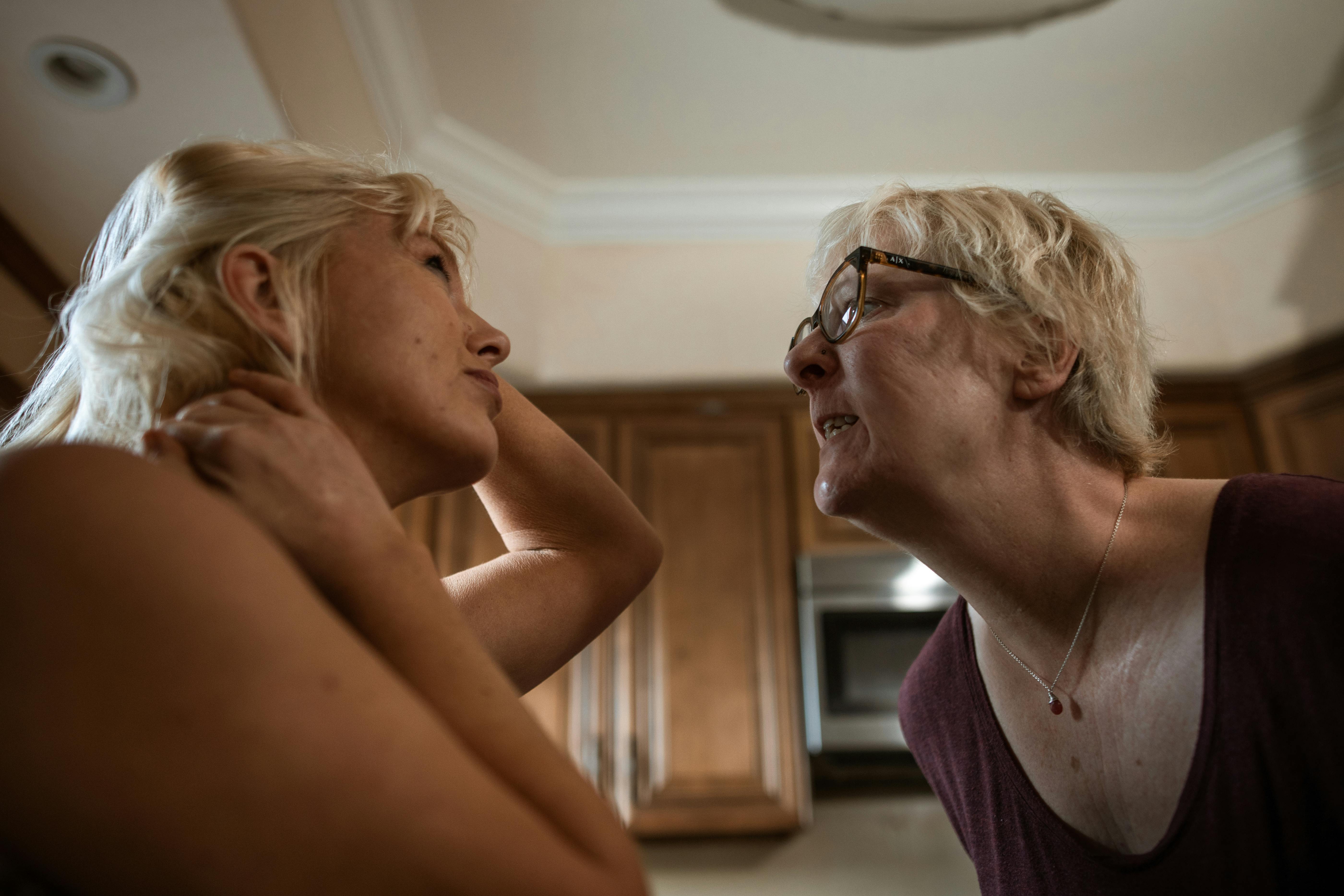If you have a pond that has fish, how many times do you observe what happens to the ecology of the pond? It’s important to know what to look for when certain conditions change and what it can mean for you and your pond. We all know or should know that when the water starts to turn cloudy, it’s a good indication that our filter system needs attention. The results of not taking care of this situation can cause you to have sick fish living in an unhealthy water environment. This is just one example of how to observe the fish and the pond. Let’s look at some others.
If you start to notice your fish eating your vegetation, you may want to increase their feeding to see if this prevents them from eating your plants. Common Koi will completely destroy a pond’s vegetation unless it is dealt with immediately. I have personally developed a system of wire cages that sit over my lily pad pots and allow the lily pads to grow through the wire mesh. This keeps the hungry Koi away from the root structure of the plants. For more information on this system, please visit my website.
Observe the fish and the pond for algae growth. Algae is something all of us veteran pond builders have dealt with over the years at one point or another. If you see green slime growing in your pond, then you have algae. As a pond owner, you can control these outbreaks of this dirty green slime that makes your pond look ugly and can even clog your filtration system to a halt. So what causes this buildup? First, look at the number of fish you have in your pond. Many pond owners use this scenario; 20 to 25 gallons of water per inch of Koi. An example would be; Let’s say you have 50 inches of fish. If we take 20 times 50 we would get 1000 gallons of water. Many things can go into this formula, such as the number of plants in your pond, the type of filtration system, and whether your pond gets too much sunlight. It is very important that you overfeed your fish, as the more they eat, the more waste they create. I know from experience that plant cover should be at least 60% coverage of your pond. As your plants grow you will notice less and less algae. I use water lilies because it also offers the fish protection from the sun and predators. Fish food is another contributor to your algae problem. Feeding your fish too much food can cause excess food to settle to the bottom of your pond, which will contribute to algae growth. Again, you need to watch the fish and the pond to ensure you maintain the proper balance for a healthy living space.
One more thing that helps keep your pond clean is to make sure you remove any leaves and debris that might fall into your pond. Decaying debris can quickly turn your pond sour and can contribute to disease in your fish.
The best I can tell you about this is to watch your fish and your pond before any of these scenarios occur. As in any business, preventative maintenance is the best way to address problems before they happen. With this approach, your pond will maintain its beauty and clarity for many years.
